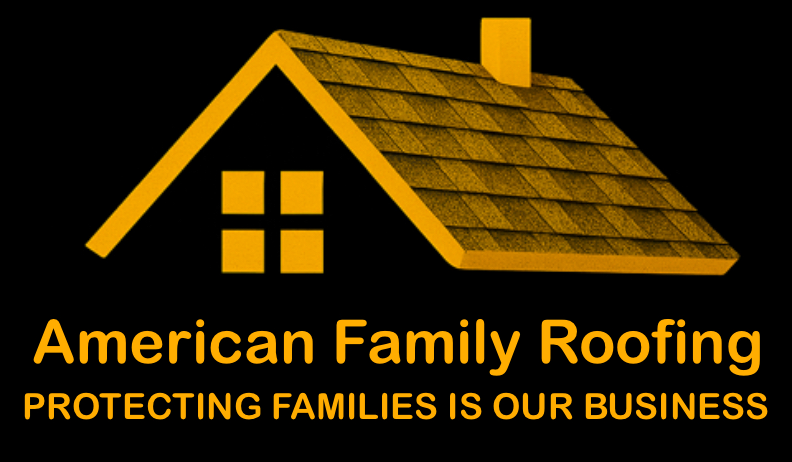
Storms are a part of life in Florida. When high winds, hail, or heavy rain damage your roof, homeowners often turn to their insurance policy for help. But filing a roof insurance claim in Florida isn’t always straightforward, and a misstep could delay your repair, reduce your payout, or even lead to a denial.
At American Family Roofing LLC, our team brings a unique perspective, we’re not only licensed Florida roofers, we’ve also worked as independent insurance adjusters. That means we understand the process from both sides and know exactly what insurance companies are looking for when assessing a roofing claim.
Here’s a step-by-step breakdown of the Florida roof insurance claim process, plus expert insights to help you avoid common mistakes.
Step 1: Inspect the Damage Immediately
After a storm passes, it’s critical to inspect your property as soon as it’s safe. Look for signs of roof damage from the ground and in your attic.
Signs Your Roof May Be Damaged:
- Shingles or tiles on the ground
- Exposed or missing flashing
- Water stains on ceilings or walls
- Granules in gutters or downspouts
- Debris impact (tree limbs, flying objects)
Expert Insight:
Insurance companies require claims to be reported promptly. In Florida, most policies specify a notice window of 14 days to 30 days after the damage occurs. Waiting too long can jeopardize your ability to file.
Step 2: Call a Licensed Roofing Contractor First
Before contacting your insurance company, get a qualified Florida roofing contractor to inspect the damage. A trained professional will identify hidden issues you may miss, and provide documentation that can support your claim.
What You’ll Receive:
- A written damage report
- Photographic evidence
- Emergency temporary repairs (like tarping) if needed
- An estimate for full repair or replacement
Real Example:
After a storm in Tampa, a homeowner called us before filing their claim. Our inspection revealed lifted shingles and torn underlayment not visible from the ground. Because we documented the damage early, the homeowner received full coverage for a replacement instead of a small repair.
Step 3: File Your Insurance Claim
Once damage is confirmed and documented, contact your insurance provider to open a claim. Be prepared to provide:
- Your policy number
- Date and time of the storm
- Description of the damage
- Photos or inspection report from your roofer
- Receipts for any temporary repairs
An insurance adjuster will be assigned to evaluate your claim and inspect the roof.
Expert Insight:
Many adjusters are handling hundreds of claims after a major storm. Having a roofer present during the inspection ensures that all damage is properly noted and nothing is overlooked.
Step 4: Insurance Adjuster Inspection
Your insurance company will send an adjuster to inspect the damage and determine coverage. The adjuster’s report plays a major role in the outcome of your claim.
What to Expect:
- Inspection of the roof and interior damage
- Review of photos and reports
- Assessment of repair vs. replacement need
- Determination of your deductible and coverage limits
Tip from Former Adjusters:
Policy language matters. Some policies cover full replacement value (RCV), while others only cover actual cash value (ACV), which subtracts depreciation. We help homeowners interpret their policy and fight for the best possible outcome.
Step 5: Claim Approval and Payout
If your claim is approved, your insurance company will issue a payment—typically in two parts:
- Initial payment – Based on the estimate minus your deductible and depreciation
- Final payment – Released after the work is completed and documented
How We Help:
At American Family Roofing LLC, we work directly with insurance providers to ensure all covered work is accounted for. We also provide completion photos, invoices, and signed satisfaction statements as required for the final disbursement.
Step 6: Roof Repairs or Replacement
Once your claim is approved, we schedule your roof replacement or repair based on material availability and permitting timelines. We keep you informed every step of the way and complete the work to Florida Building Code standards.
Florida Note:
Some insurance companies in Florida now require policyholders to use licensed contractors, not handymen, for covered roof work. This protects you from liability and ensures your roof is built to code.
What If the Claim Is Denied?
If your claim is denied or underpaid, you still have options:
- Request a reinspection
- Provide additional documentation
- Get a second opinion from a roofing expert
- Hire a public adjuster (in severe cases)
Our team often works with denied claims and can assist in building a stronger case, especially when legitimate storm damage was missed or misclassified.
Filing a roof insurance claim in Florida doesn’t have to be stressful, especially when you have the right experts on your side. By acting quickly, documenting damage properly, and working with a contractor who understands the insurance process, you protect your home, your finances, and your peace of mind.
At American Family Roofing LLC, we’ve helped hundreds of Florida homeowners navigate roof claims with confidence. With our background as former insurance adjusters and licensed roofers, we know how to get claims approved, and how to get the job done right.
Think you might have storm damage?
Contact us today for a roof inspection and expert claim assistance from a trusted Florida roofing company.
